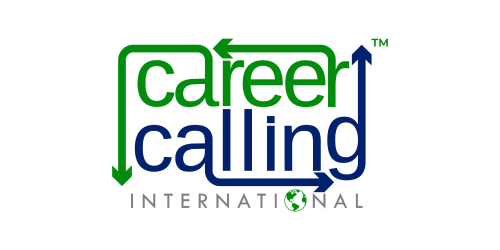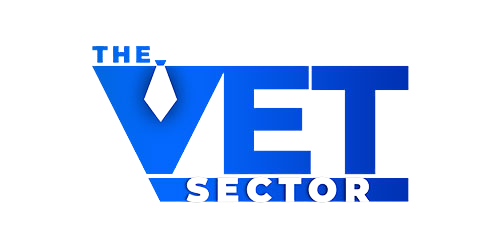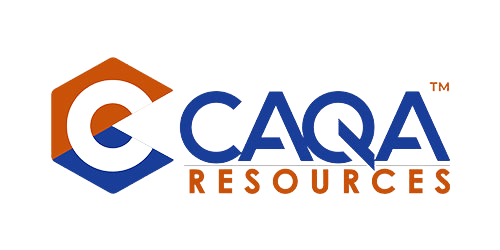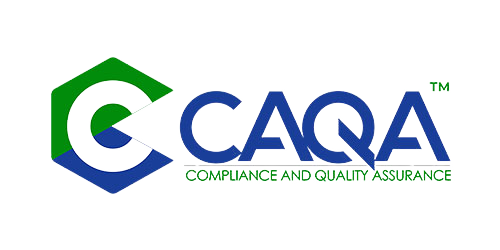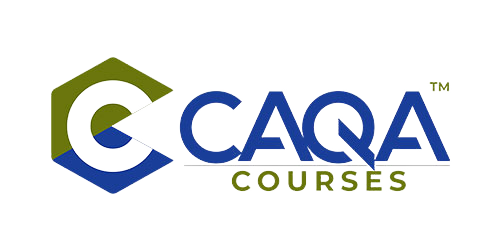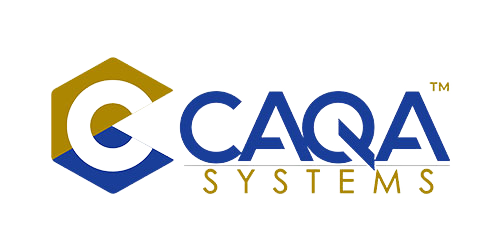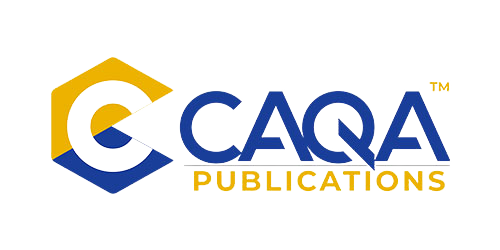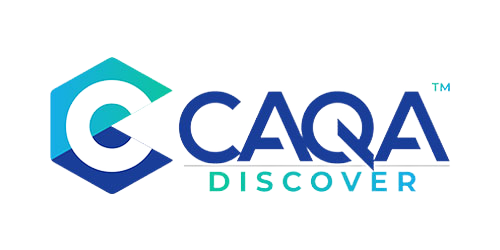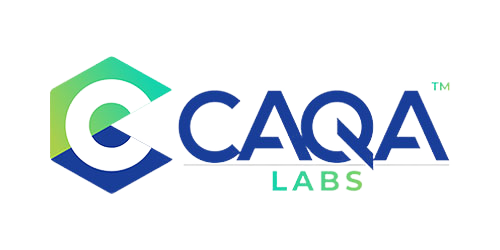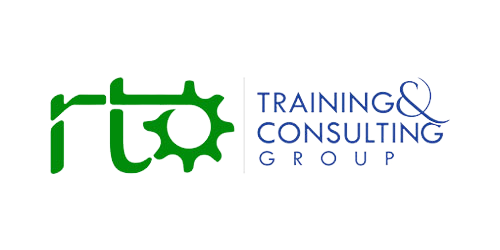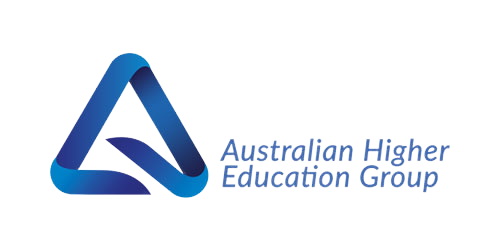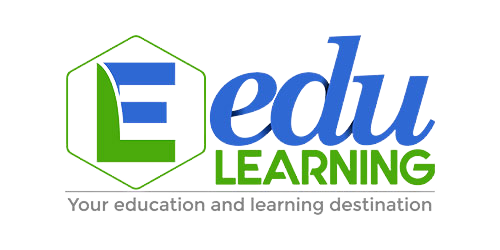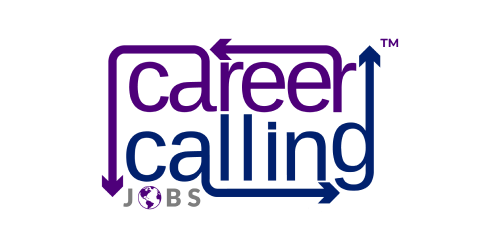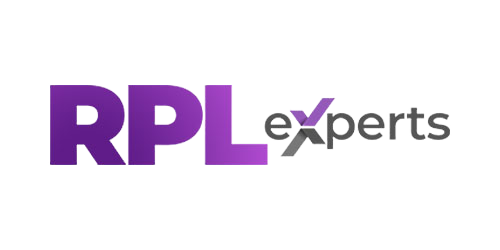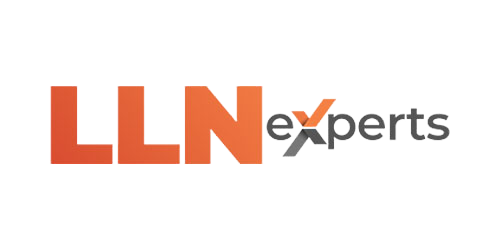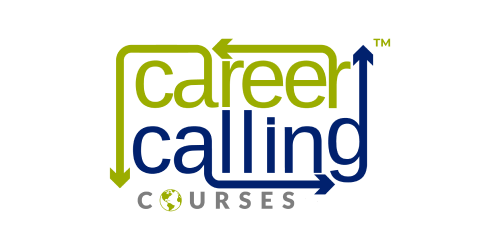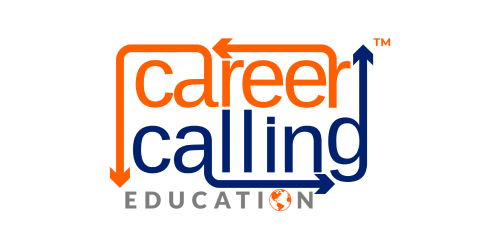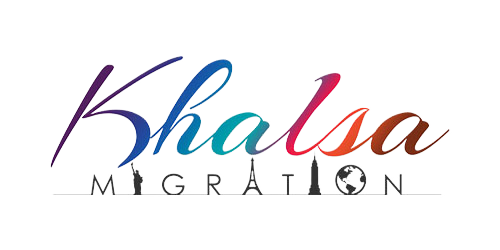Beyond Test Scores: A Holistic Approach to Educational Excellence
Finland's education system has long captivated international attention for achieving exceptional outcomes through approaches that challenge conventional educational wisdom. As Australia's vocational education and training sector navigates the implementation of the 2025 standards, examining Finland's distinctive model offers valuable insights into alternative approaches that prioritise well-being, professional respect, and educational equity. Auditors may evaluate how effectively providers are incorporating aspects of student-centred learning and educator development while maintaining quality training aligned with industry needs.
While direct transplantation of Finnish approaches would be neither possible nor appropriate given Australia's distinct cultural, demographic, and economic context, the underlying principles driving Finland's success merit thoughtful consideration. Finland's system has consistently produced strong academic outcomes while simultaneously fostering student well-being, creating educational equity, and maintaining high professional standards for educators—all goals shared by Australia's VET sector despite different implementation contexts.
What distinguishes Finland's approach is not simply isolated practices but a coherent educational philosophy that prioritises trust, well-being, and equity over intensive testing, extended hours, and competitive ranking. This philosophy manifests through specific structural arrangements, professional expectations, and teaching approaches that collectively create an educational environment focused on developing capable, confident, and well-adjusted learners rather than maximising test performance or compliance metrics.
For vocational education providers, understanding these fundamental philosophical differences offers opportunities to reconsider certain aspects of current practice that may inadvertently undermine educational quality despite best intentions. When developing training approaches under the 2025 standards, evidence of thoughtful engagement with these alternative educational principles may demonstrate particular provider sophistication in fostering genuine learning rather than merely meeting compliance requirements.
Trust-Based Assessment: Beyond Standardised Testing
Perhaps the most striking aspect of Finland's approach involves the notable absence of standardised testing that dominates many educational systems worldwide. Understanding this alternative assessment philosophy offers a valuable perspective for vocational education providers seeking to enhance authentic skills evaluation while maintaining necessary quality assurance.
The Finnish Assessment Model
Finland's education system emphasises teacher-conducted assessment over standardised examinations, trusting educator professional judgment regarding student progress and capabilities. Rather than preparing for external tests, students receive ongoing feedback from teachers who know them personally and can evaluate progress relative to individual starting points and learning styles. This approach reduces performance anxiety while encouraging authentic engagement with learning content rather than strategic test preparation.
The Finnish system maintains standards through teacher education, curriculum guidelines, and periodic sample-based national assessments that evaluate system performance without imposing high-stakes testing on individual students. This creates accountability for educational quality without the narrowing effects on curriculum and teaching approaches often associated with extensive standardised testing regimes.
Statistical evidence supports this approach's effectiveness, with Finland consistently achieving strong educational outcomes despite minimal standardised assessment. Finland maintains a 99.7% primary school graduation rate and ranks highly in international assessments despite students experiencing significantly less test-related stress than their counterparts in many other countries.
Implications for Vocational Assessment
For Australia's VET sector, this trust-based assessment approach offers a valuable perspective regarding the balance between standardisation and professional judgment. While competency-based assessment frameworks necessarily include standardised elements to ensure consistent skill recognition, the Finnish experience suggests potential benefits from greater space for assessor professional judgment within these frameworks.
This might involve assessment approaches incorporating more continuous evaluation by educators who develop ongoing relationships with students, potentially reducing the artificiality sometimes associated with point-in-time assessments. Similarly, expanding recognition of different demonstration pathways for the same competencies might better accommodate diverse learning styles while maintaining consistent standards.
For vocational education providers, this balanced assessment perspective suggests value in critically examining current assessment practices to identify opportunities for enhancing professional judgment alongside necessary standardisation. When auditors evaluate assessment approaches under the 2025 standards, evidence of such thoughtful balance may demonstrate particular provider sophistication in fostering genuine skill development rather than merely documenting compliance.
Well-Being as Educational Foundation
Finland's educational philosophy explicitly recognises student and educator well-being as a fundamental prerequisite for effective learning rather than optional consideration after academic achievement. This perspective manifests through specific structural arrangements that prioritise balance, rest, and developmental appropriateness throughout the educational experience.
Structure Supporting Balance
Finland's educational schedule exemplifies this well-being focus, with school days typically running from 9 AM to 2 PM—significantly shorter than in many countries—and incorporating frequent breaks. The Finnish approach includes a 15-minute break for every 45 minutes of instruction, recognising concentration limitations and the cognitive benefits of regular movement and social interaction. This scheduling approach creates a natural rhythm between focused learning and necessary recovery that enhances overall engagement quality.
Minimal homework represents another distinctive feature, based on recognition that children need substantial time for play, family engagement, and self-directed activities alongside formal education. Rather than extending academic work through extensive assignments, the system values diverse developmental experiences, including physical activity, creative expression, and social interaction, as essential components of holistic education.
Statistical evidence suggests this balanced approach contributes to both well-being and learning outcomes, with Finnish students reporting lower academic stress levels while maintaining strong educational attainment. About 44% of Finnish adults hold post-secondary diplomas, demonstrating that prioritising well-being hasn't compromised educational advancement.
Applications for Vocational Education
For Australia's VET sector, this well-being perspective offers valuable considerations regarding program intensity, scheduling approaches, and workload expectations. While adult vocational students face different circumstances from children in Finland's comprehensive schools, the underlying principle that learning quality depends on well-being remains equally relevant.
This might involve examining program scheduling to incorporate appropriate breaks and learning intensity variations rather than maintaining extended instruction blocks that exceed typical concentration spans. Similarly, considering the total demands placed on vocational students, many balancing study with work and family responsibilities, helps ensure workload expectations remain compatible with effective learning rather than creating unnecessary stress that undermines educational quality.
For vocational education providers, this well-being focus suggests value in systematically reviewing program structures to identify potential imbalances that might undermine learning effectiveness despite appearing efficient on paper. When auditors evaluate training design under the 2025 standards, evidence of such thoughtful attention to student well-being as a learning foundation may demonstrate particular provider sophistication in fostering genuine skill development.
Teacher Professionalism and Autonomy
Finland's exceptional educational outcomes stem significantly from its approach to teaching as a respected profession requiring substantial expertise and deserving significant autonomy. Understanding this professional respect model offers a valuable perspective for vocational education providers seeking to enhance trainer capability and engagement.
The Finnish Teaching Profession
Teaching in Finland represents a prestigious career, attracting top academic performers and requiring extensive preparation. Approximately 60% of Finnish teachers hold master's degrees in pedagogy, reflecting substantial investment in professional capability development. The selection process remains highly competitive, accepting only candidates with top academic credentials and demonstrating appropriate personal qualities for educational responsibility.
This substantial preparation creates a foundation for significant professional autonomy, with Finnish teachers exercising considerable discretion regarding teaching methods, materials, and assessment approaches within broad curriculum guidelines. This autonomy stems from trust in teacher professional judgment developed through rigorous preparation rather than detailed external prescription of teaching practices.
The system reinforces this professional respect through reasonable working conditions, including manageable teaching loads that allow sufficient preparation time, collaboration opportunities with colleagues, and ongoing professional development. These conditions enable continuous improvement through reflective practice rather than exhaustion-driven survival teaching.
Statistical indicators support this approach's effectiveness, with Finnish teachers reporting higher job satisfaction and longer career retention than their counterparts in many countries, emphasising stricter standardisation and accountability measures. This professional stability creates consistency, benefiting student learning while enabling continuous improvement through accumulated experience.
Implications for VET Professionals
For Australia's VET sector, this professional respect model offers a valuable perspective regarding approaches to trainer qualification, development, and autonomy. While vocational education necessarily involves different qualification frameworks than Finnish teacher preparation, the underlying principle that educational quality depends on well-prepared, respected professionals applies equally.
This might involve examining trainer development approaches to ensure sufficient pedagogical preparation alongside industry expertise, recognising that effective skill transfer requires teaching capability not automatically accompanying technical knowledge. Similarly, considering the balance between compliance requirements and professional discretion helps ensure vocational trainers can adapt approaches to specific student needs and learning contexts.
For vocational education providers, this professional perspective suggests value in systematically investing in trainer capability development beyond minimum qualification requirements, potentially including enhanced pedagogical preparation, collaborative improvement structures, and ongoing professional learning opportunities. When auditors evaluate staff capability under the 2025 standards, evidence of such developmental investment may demonstrate particular provider commitment to educational quality.
Equity Through Universal Quality
Finland's approach explicitly prioritises educational equity by maintaining consistently high quality across all institutions rather than creating differentiated pathways that often reinforce existing socioeconomic advantages. Understanding this universal quality model offers a valuable perspective for vocational education providers seeking to enhance educational access while maintaining high standards.
The Finnish Equity Approach
Finland's education system maintains remarkable consistency across different schools and regions, with relatively small variation in resources, facilities, and educational outcomes compared to many countries with more stratified systems. This consistency stems partly from universal public provision—Finland has no private schools—ensuring all students access similar educational opportunities regardless of family background or location.
The system incorporates various support mechanisms, ensuring that students with different learning needs receive necessary assistance within mainstream education rather than through segregated pathways. Special education services operate primarily through integration models, providing additional support within regular classroom settings, maintaining social inclusion while addressing individual learning requirements.
This equity focus extends to resource allocation, with additional funding and support often directed toward schools facing greater challenges rather than those already advantaged. This approach represents a deliberate commitment to reducing rather than reinforcing socioeconomic differences through education, recognising schools' potential role in either mitigating or amplifying existing inequalities.
Statistical evidence supports this approach's effectiveness, with Finland demonstrating smaller performance gaps between advantaged and disadvantaged students than many countries with more stratified systems. Finland maintains one of Europe's lowest child poverty rates (less than 5% in severe poverty) while achieving strong overall educational outcomes, demonstrating that equity and excellence can complement rather than contradict each other.
Applications for Vocational Equity
For Australia's VET sector, this equity perspective offers valuable considerations regarding program access, support structures, and quality consistency. While operating in different contexts than Finland's comprehensive schools, vocational providers face similar challenges in ensuring diverse students can access quality education regardless of background or circumstances.
This might involve examining program delivery models to identify potential barriers affecting different student populations, ensuring support services address diverse learning needs rather than expecting uniform progression patterns. Similarly, monitoring outcome patterns across different student demographics helps identify potential equity gaps requiring targeted intervention rather than accepting differential success as inevitable.
For vocational education providers, this equity focus suggests value in systematically reviewing student support approaches to ensure they effectively address barriers facing different learner populations rather than working primarily for already-advantaged students. When auditors evaluate access and equity under the 2025 standards, evidence of such comprehensive support approaches may demonstrate particular provider commitment to educational inclusion alongside quality.
Cultural Foundations and Contextual Considerations
While Finland's educational approaches offer valuable insights, understanding their cultural foundations and implementation context helps identify appropriate adaptation possibilities rather than simple adoption attempts. Several specific contextual factors significantly influence Finland's educational implementation and should inform thoughtful application consideration.
Finland's Educational Context
Finland's education system operates within a distinctive cultural and demographic context substantially different from Australia's reality. With a total population of approximately 6.6 million and about 558,000 comprehensive education students, Finland's system serves a significantly smaller student population within a more homogeneous society. While diversity increases through immigration (creating a growing demand for Finnish/Swedish as a second language teachers), Finland's demographic composition remains less varied than Australia's multicultural reality.
This smaller scale potentially enables more personalised approaches and system-wide consistency, which is difficult to maintain across Australia's larger, more diverse education landscape. Similarly, Finland's strong social welfare foundation—including comprehensive healthcare, family support, and housing assistance—creates a supportive context addressing many non-educational factors affecting learning outcomes.
Finland's educational approach also builds upon a longstanding cultural commitment to learning and knowledge development embedded within national identity. The country demonstrates strong societal consensus regarding education's value and appropriate approaches, enabling stable policy implementation across political transitions rather than frequent directional changes.
These contextual factors don't invalidate potential lessons from Finland's experience but highlight the need for thoughtful adaptation rather than direct transplantation of expectations. The most valuable insights involve underlying principles and approaches that might be implemented differently within Australia's distinct context while maintaining a similar philosophical orientation.
Adaptation Considerations for VET
For Australia's vocational education providers, these contextual considerations suggest focusing adaptation efforts on underlying educational principles rather than specific implementation details. While Finland's exact approaches might not transfer directly, the fundamental values prioritising trust, well-being, professional respect, and educational equity remain relevant despite contextual differences.
This might involve identifying specific aspects of current practice where incremental shifts toward Finnish philosophical approaches appear most feasible and beneficial within existing constraints. For example, enhancing professional development for trainers, incorporating more trust-based assessment elements within competency frameworks, or strengthening support services for disadvantaged students might implement Finnish principles without requiring wholesale system transformation.
For vocational education providers, these adaptation considerations suggest value in selective innovation carefully aligned with local context rather than attempting comprehensive system reimagination. When implementing educational improvements under the 2025 standards, evidence of such thoughtful contextual alignment may demonstrate particular provider sophistication in adapting valuable principles to specific operational realities.
Strategic Implementation Possibilities
For vocational education providers considering potential applications of Finnish educational principles, several specific implementation approaches offer particularly promising possibilities within Australia's VET context. These strategic options represent potential starting points for thoughtful adaptation rather than comprehensive transformation requirements.
Assessment Balance Enhancement
Vocational providers might consider assessment approaches integrating greater ongoing teacher judgment alongside formal competency verification. This balanced approach maintains necessary standardisation while creating space for professional assessment of student progress and capability development beyond minimum requirements.
Implementation possibilities include developing formative assessment frameworks documenting ongoing learning progress alongside summative competency verification, potentially creating a richer understanding of student development while maintaining compliance with qualification requirements. Similarly, incorporating more diverse demonstration options for the same competencies might better accommodate different learning styles while maintaining consistent standards.
For providers implementing such assessment enhancements, documentation should clearly distinguish between compliance-required evidence and supplementary developmental assessment, ensuring regulatory requirements remain fully satisfied while enriching the assessment experience. When auditors evaluate assessment approaches under the 2025 standards, evidence of such balanced frameworks may demonstrate particular provider sophistication in fostering genuine skill development.
Well-Being Integration Strategies
Vocational providers might systematically review program structures to identify opportunities for enhancing student well-being through schedule adjustments, workload calibration, and supportive environment development. These approaches recognise that learning quality depends significantly on student mental and physical well-being rather than treating these as separate considerations.
Implementation possibilities include restructuring session schedules to incorporate appropriate breaks and intensity variations rather than maintaining extended instruction blocks, potentially enhancing concentration quality while reducing fatigue-related learning barriers. Similarly, reviewing assignment expectations in light of students' overall life circumstances might identify unnecessary stress points affecting learning effectiveness despite appearing efficient on paper.
For providers implementing such well-being enhancements, documentation should clearly connect these approaches to learning effectiveness rather than presenting them as separate welfare considerations, demonstrating understanding that well-being represents a fundamental educational foundation rather than an optional addition. When auditors evaluate training design under the 2025 standards, evidence of such integrated well-being approaches may demonstrate particular provider commitment to effective learning environments.
Trainer Development Investment
Vocational providers might strengthen trainer capability development beyond minimum qualification requirements, recognising that effective vocational education requires sophisticated pedagogical skills alongside industry expertise. These approaches treat trainers as professionals deserving substantial development investment rather than simply qualification verification.
Implementation possibilities include establishing collaborative improvement structures enabling trainer peer learning and shared practice development, potentially enhancing teaching quality through collective expertise rather than isolated individual effort. Similarly, providing enhanced pedagogical preparation for industry experts transitioning to training roles might address common challenges in translating technical knowledge into effective learning experiences.
For providers implementing such trainer development approaches, documentation should clearly connect these investments to educational quality outcomes rather than presenting them as separate professional benefits, demonstrating understanding that trainer capability directly affects student learning effectiveness. When auditors evaluate staff capability under the 2025 standards, evidence of such developmental investment may demonstrate particular provider commitment to educational quality.
Conclusion: Balancing Inspiration and Realism
As vocational education approaches the watershed implementation of the 2025 standards, Finland's educational experience offers valuable inspiration for enhancement possibilities while requiring realistic contextual adaptation. The underlying principles driving Finland's success—trust in professional judgment, prioritisation of well-being, commitment to educational equity, and respect for educators—represent valuable philosophical foundations despite implementation differences necessitated by Australia's distinct context.
For vocational education providers, engaging thoughtfully with these alternative approaches offers opportunities to enhance current practice through selective innovation rather than wholesale transformation. By identifying specific aspects where incremental shifts toward Finnish principles appear most feasible and beneficial within existing constraints, providers can improve educational effectiveness while maintaining necessary compliance with regulatory requirements.
Perhaps most fundamentally, Finland's experience demonstrates that prioritising genuine learning and student development rather than merely procedural compliance can produce superior outcomes across multiple dimensions. When educational systems trust professional judgment, value student well-being, and commit to consistent quality across diverse populations, they create environments where both excellence and equity flourish together rather than competing for priority.
When auditors evaluate educational quality under the 2025 standards, evidence of such balanced approaches drawing inspiration from international best practice while maintaining contextual appropriateness may demonstrate particular provider sophistication. The most effective implementations will likely combine valuable Finnish principles with pragmatic adaptation to Australia's specific vocational education context, creating approaches that enhance learning quality while respecting local realities and requirements.
This article presents analysis from independent consultants based on international educational research and implementation experience. RTOs should consider their specific contexts when evaluating potential applications of Finnish educational principles.







